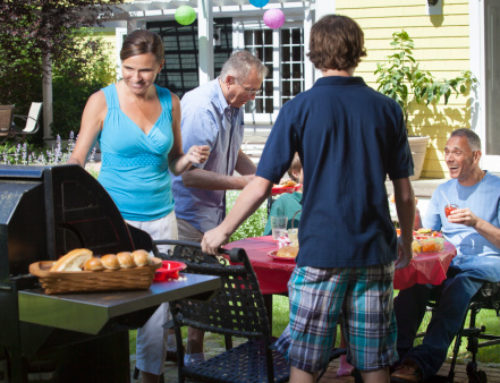In our last post, we detailed some of the problems with swallowing for patients with PD. Our post continues below –
Some of the other common signs of your loved one not properly swallowing her food include a gurgly sort of voice, a complaint that something is often stuck in her throat, or trouble keeping food and liquid in the mouth. Other signs can include:
- Difficulty in swallowing pills
- Weight loss
- Discomfort in the chest
- Heartburn
- Sore throat
- Slow eating
In more severe cases, the patient may need to have a feeding tube put in to keep her properly hydrated and fed. It is possible long term for your loved one to eat and drink as they can, but to get proper nutrition through tube feedings.
Experts say that people who think their loved one has a swallowing problem should see a speech/language pathologist who has worked with Parkinson’s patients before. Your loved on may need a swallowing evaluation. People who have PD and have trouble swallowing will often have problems with their voices, due to the fact that speech and swallowing have so many body parts in common. Some experts state that as many as 90% of people who have PD have a speech disorder.
Speech therapy also can help your PD patient to improve her swallowing. It also can help them to increase the volume of their voice by teaching them how to strengthen muscles in the neck. One technique is known as the Lee Silverman Voice Treatment (LSVT Loud), which has been shown to have a strong impact on both speaking and swallowing function.
Another good therapy to consider is Expiratory Muscle Strength Training. This is a new therapy that teaches the patient how to increase strength in muscles used for breathing and swallowing.
Other good tips to deal with swallowing and drooling in PD patients:
- Have her drink small sips or water, or suck on ice chips; this can help to increase swallowing and thin any phlegm build up
- Cut sugar intake, as it causes more saliva production
- Encourage her to take smaller bites of food
- Have her sit upright for at least 15 minutes after eating
- Rinse the mouth after meals
- Eat foods that are softer
- Drink liquids that are thicker, as they are easier for her to swallow
- Moisten her food to make it easier to swallow
- Have her sleep with her head raise so she does not choke
- Try to have her sit upright with her head a bit forward when she eats; tilting the head back can lead to food going into the lungs
To help her eat her meals more easily, please consider some of our dining aids, such as the Keep Warm Dish, Good Grips Weighted Utensils, or the Insulated Weighted Bowl.
Please follow the tips and guidelines above, so that you can minimize the problems with eating and drinking in your loved one.


